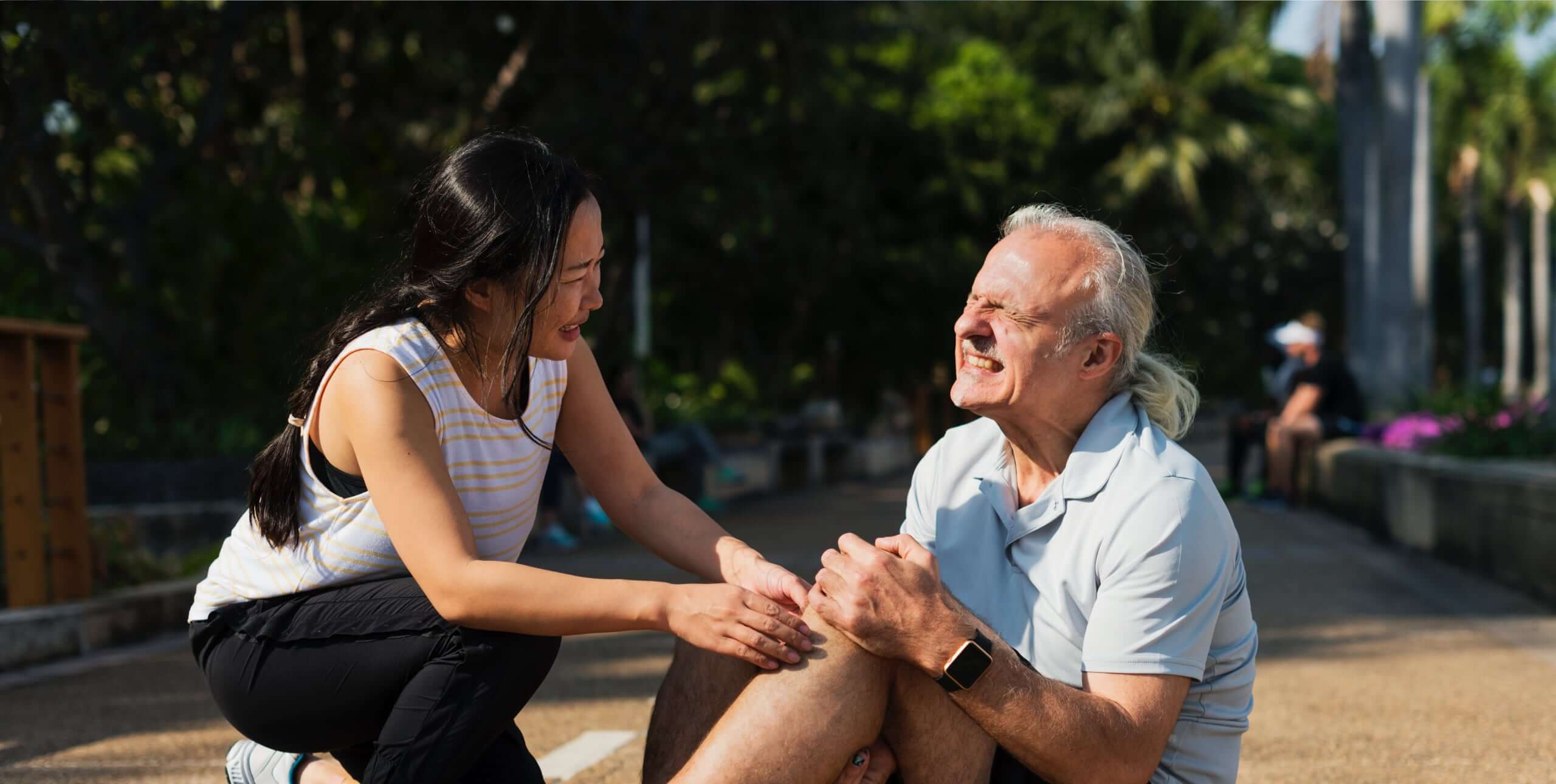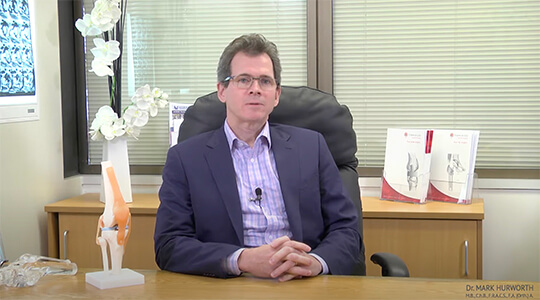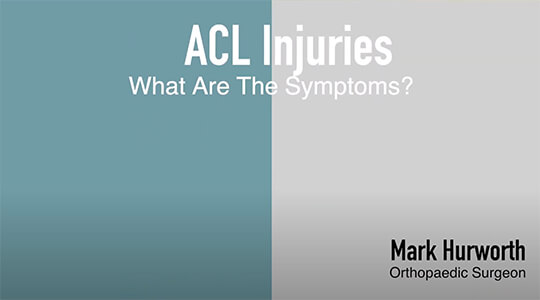Meniscus tear Perth
Best treatment options for meniscus tears

My orthopaedic practice in a nutshell
Meniscus tear symptoms
What is a meniscus tear and what are the symptoms?
- Twisting
- Squatting
- Walking on uneven ground or soft sand
- Jogging
- “Straight-line” walking
- Cycling
Meniscus tear diagnosis
How is a meniscus tear diagnosed?
The normal starting point when you come to see me as your knee specialist is to go over your history. I ask questions about your symptoms and anything that may have happened to your knee before, such as a specific injury or activity that may have precipitated a tear.
When I examine you, I look for any signs of swelling, painful twisting, and we plan the typical special investigations using medical imagery, including:
- MRI: considered the gold standard
- CT arthrogram: also provides good quality images of your meniscus
Once we have all the information, we can discuss the best treatment options for your personal circumstances.
Story continues below video gallery
Videos about knee conditions and surgeries
Meniscus tear treatment
Do I need surgery?
It’s a normal question to ask if you have injured your knee: will I need surgery? Typically with a clear history of injury resulting in meniscal tearing, surgery is recommended. The two options are:
- remove the torn part, or
- repair it by suturing the torn parts together.
If you are young, we will typically try and repair the tear. This is because we have to consider the very real possibility of knee problems later in life arising from the injury. If you have a knee injury and don’t get appropriate treatment, it may cause long-term knee problems.

Mr Mark Hurworth, Knee surgeon Perth
“It’s a less predictable situation if you are over 50. You may have signs of arthritis or early degeneration in your knee (degenerative meniscus tears) that often makes the outcome of arthroscopic surgery more uncertain.”
As you grow older, there is a natural deterioration of your knee surfaces, and if you have a meniscus tear that needs to be taken into consideration. The more worn out your knee, the less difference arthroscopic surgery will typically make. This is especially true if you cannot remember a specific starting point to your symptoms such as a traumatic event, or if the symptoms are not particularly bothersome.
What we may decide to do in these circumstances is manage your knee without surgery. This typically involves avoiding certain activities, concentrating on suitable exercises, and using anti-inflammatories to help things settle down.

Mr Mark Hurworth, Knee surgeon Perth
Even younger patients can sometimes “push through”, by avoiding certain things, but that is not necessarily good for the younger knee and may result in problems later in life.

Mr Mark Hurworth, Knee surgeon Perth
Recently, there has been a lot of interest in repairing “posterior horn tearing” because of the association of this injury with precipitous degeneration or arthritis. Having said that, repair involves a much longer rehabilitation process than simple resection.
Typically you would wear a brace for six weeks after repair, whereas with a resection procedure there is no brace. After repair there is also a period of non-weight-bearing ie not taking weight, meaning that you would have to use crutches for a time
Preparing for meniscus tear surgery
How do I prepare for surgery?
“Motion is lotion” is a saying we always refer to. As a general rule, and depending on the nature of your knee problem, I tend to recommend moving your knee as much and as soon as possible. We know that wasting of the muscles around your knee can happen almost overnight after an injury and also that it takes a long time to build muscle back up after surgery.
Any knee surgery makes this muscle wasting worse initially. So the main recommendation I have is to get on a static bike after you injure your knee, and again after surgery. The reason we use this particular form of exercise is that it is intensely measurable with the technology we are using, and it is very effective at regaining movement and muscle strength.
As orthopaedic surgeons, we always try to operate on knees that are not too stiff ie regaining as much motion as possible before surgery is essential. As you would expect, a stiff knee prior to surgery means it can take you much longer to get better after your operation. Having surgery on a poorly conditioned knee is bit like doing a long-jump or a high-jump from a standing start – surgery works much better when you have gained a bit of momentum beforehand. Always remember “motion is lotion”!

Meniscus tear surgery recovery
What about recovery after a meniscus tear?
The speed of your recovery really depends on your age, the condition of the rest of the knee, and whether you have a repair or resection. If there is any degeneration or arthritis, then the outcome of arthroscopic surgery is less predictable. It also makes a difference if this is your first arthroscopy or a consecutive one.
If you are young with this sort of injury then you have a very high chance of returning to sport and work at your pre-injury level. If your meniscus is torn alongshide an ACL injury, then recovery will be slower. Equally, meniscal repair will slow down your recovery from ACL reconstruction in the first three months.

Mr Mark Hurworth, Knee surgeon Perth
“I tell all my Perth patients to focus on strength and motion prior to surgery. Your knee is a joint operated by levers ie muscles and tendons, and if you get your muscles in good shape before surgery, you make your recovery quicker and easier. As you may have heard or read here on my website, my preferred exercise is a static bicycle.”
Anti-inflammatory drugs (NSAIDs) are also a typical component of any recovery process after knee surgery for a meniscus tear. Remember, inflammation happens after surgery and injury, therefore anti-inflammatories make sense.
Recovery is different for repair surgery compared to removal (partial meniscectomy) surgery. Repair means that you will most likely spend up to six weeks in a knee brace, with significant recovery time. After a repair, your muscle wasting and strength delay is significant, but we will typically prefer to repair the meniscus in the younger knee to prevent problems with the knee 20 years later.


